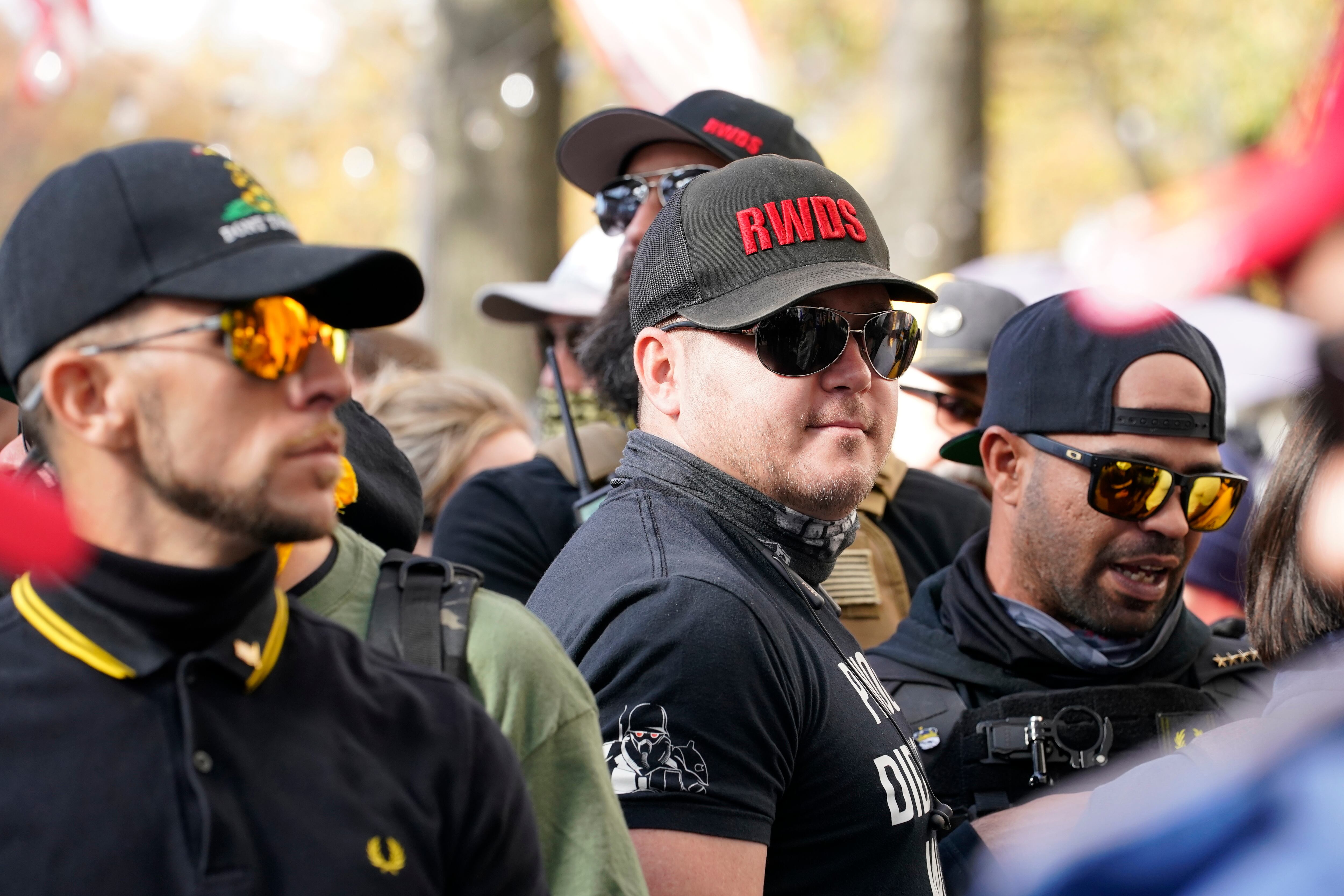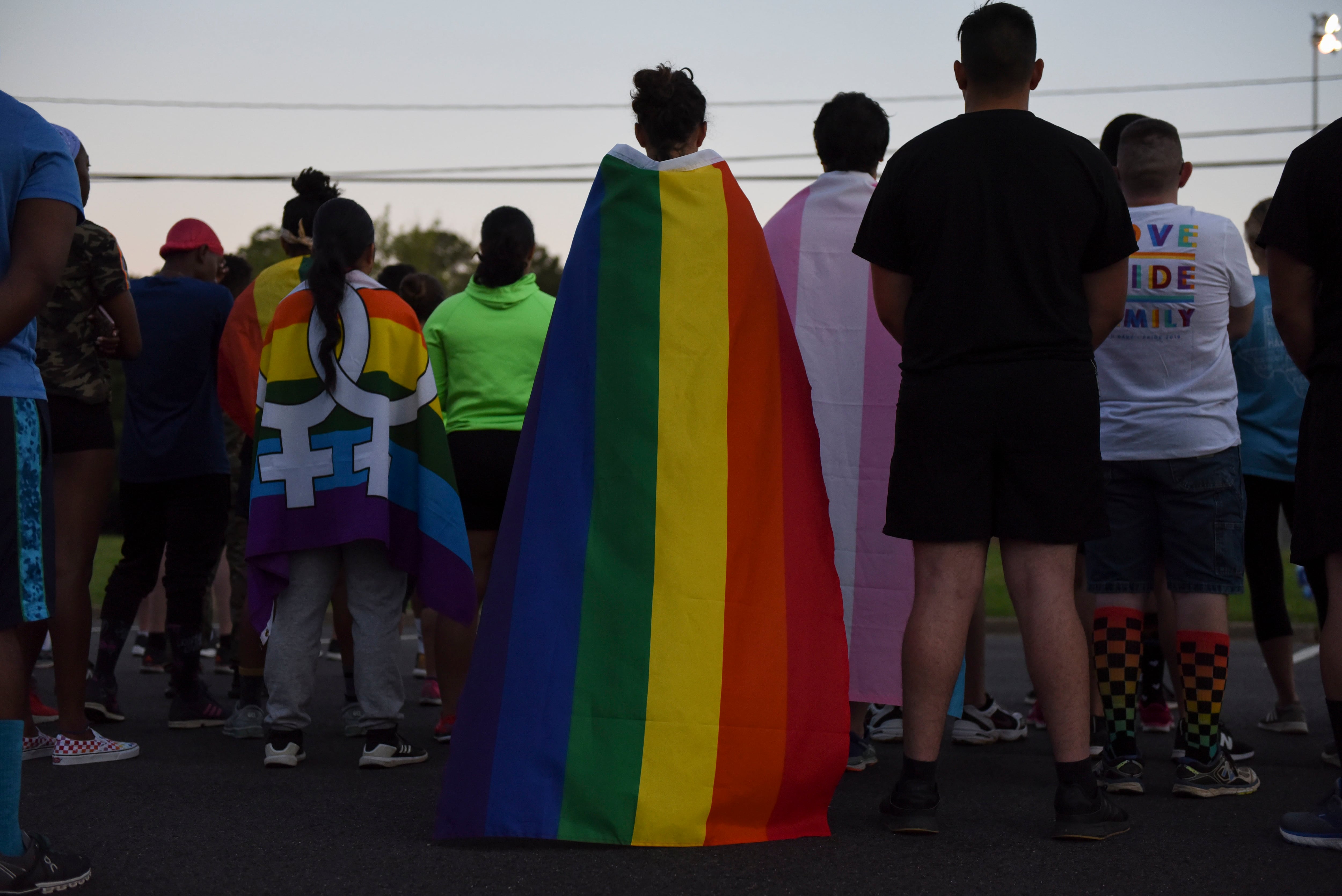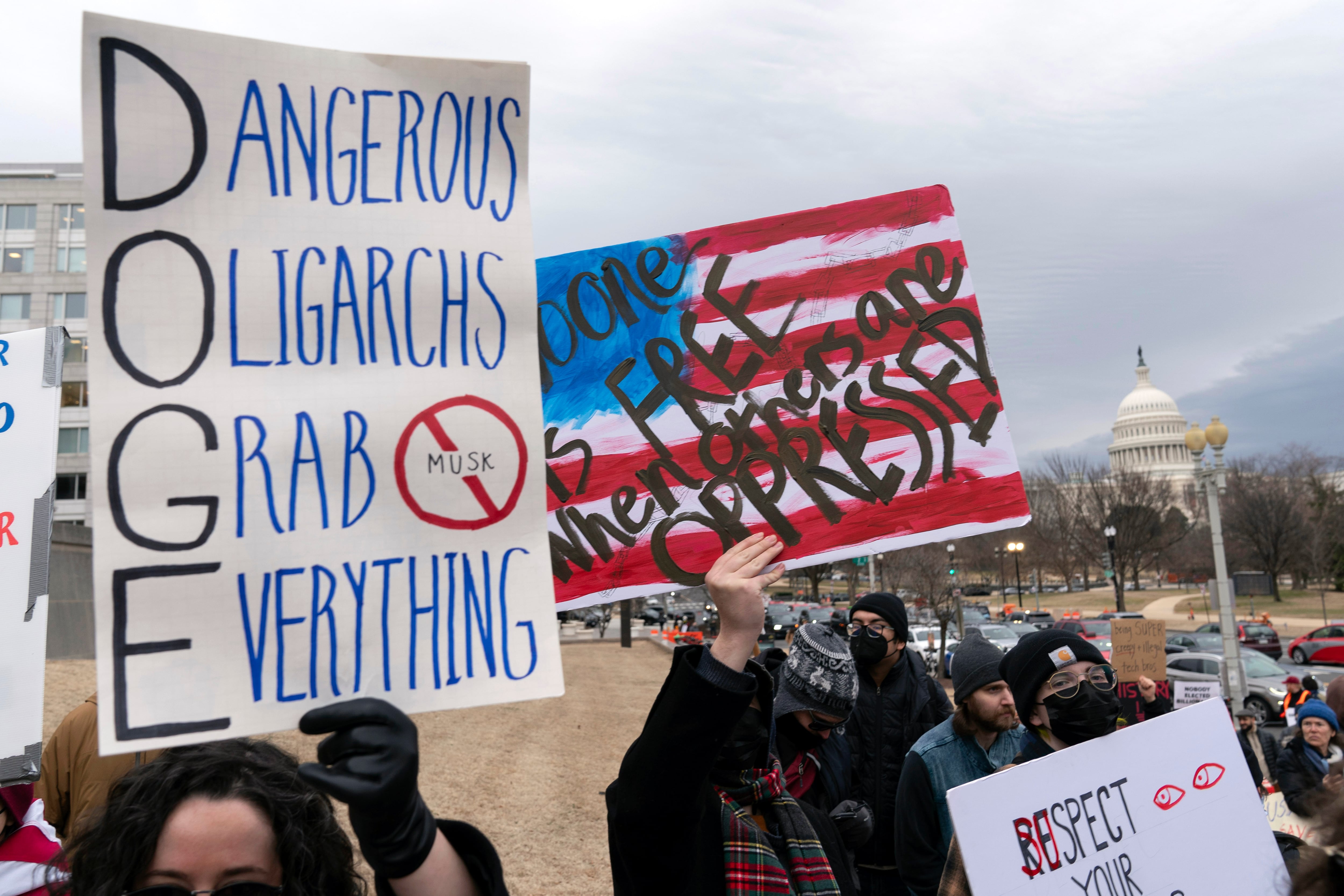An anti-extremism nonprofit launched an online directory of more than 300 hate symbols Tuesday that it hopes military leaders will use to stop the infiltration of extremist beliefs among their own ranks.
Hand signals, online memes, tattoos, patches, flags, graffiti and pins are among the items the Global Project Against Hate and Extremism catalogued in its database of symbols used by extremists around the world to identify one another and spread ideologies.
The group’s leaders believe it’s the most comprehensive directory of its kind and can be a resource for police, technology companies, policymakers and journalists to identify and combat hate and extremism.
The organization’s co-founder, Wendy Via, noted obvious applications for the U.S. military, such as turning away recruits boasting such symbols and intervening with select troops who may be using them.
“If we’re talking about doing a better job of screening out our new recruits, then being able to recognize or being able to identify the meaning of a tattoo, for example, is pretty critical,” said Via. “Most folks can identify an ‘SS’ lighting bolt, but what else? Maybe there’s something that has to do with one of the white supremacy groups and you don’t know where to reference it.”
For tattoos specifically, the Department of Defense has a blanket policy against extremist, anti-American, gang and discriminatory symbols. Each service branch also imposes additional rules, such as the ban imposed by the Marine Corps on tattoos linked to domestic terrorism.
To help military recruiters enforce those policies, the Pentagon has floated the idea of accessing an FBI database to screen questionable recruit tattoos. The FBI’s tattoo and graffiti team currently uses a library of symbols and photographs to help law enforcement agencies investigate gang-related crimes.
Via argued that her organization’s directory is an even more accessible and updated resource on extremist symbols than the FBI’s version. As the extremist landscape changes, the Global Project Against Hate and Extremism plans to continually add symbols, she said. Since launching Tuesday, the group was already working to incorporate 50 more entries.
“[The FBI database] might have some Aryan Brotherhood prison gang stuff in there, but it’s just not going to have all the logos or memes, certainly not internationally,” Via said. “We want ours to be as comprehensive as it can be at any given moment. ... It’s a never-ending effort.”
In addition to using the directory to screen out recruits, Via thinks it could be employed by military leaders to identify and understand symbols adorned by those in their ranks.
DOD policy expressly prohibits service members from actively advocating for extremist ideologies. Experts generally agree, meanwhile, that only a small number of service members have been involved in such activities. However, as troops are specifically targeted by extremist groups, even a small number of extremist actors in the military can threaten national security, experts argue.
In cases where military leaders spot extremist symbols in the rank-and-file, the Global Project Against Hate and Extremism recommends intervention and education over discipline and potential discharge.
“We advocate for interventions or diversion programs if the commander sees somebody who might be at risk for extremism while active, and a new tattoo could be an indication of that,” Via said. “It’s about being aware.”
The Global Project Against Hate and Extremism’s directory includes symbols of white supremacists movements, which have become more active in the U.S. in recent years. According to the Government Accountability Office, incidents of domestic terrorism increased by 357% between 2013 and 2021. Racially- or ethnically-motivated extremists committed the most violent crimes during that span.
In addition to the aforementioned focus areas, the organization’s directory contains extremist symbols from neo-Nazi, anti-immigrant, anti-government, male-supremacist, anti-Muslim, antisemitic and anti-LGBTQ+ groups, among others.
Other resources, such as the Anti-Defamation League’s Hate on Display database, also provide an overview of symbols used primarily by white supremacist movements.
Via said her organization’s database built on already existing directories by including movements from across the globe — not just those active in the U.S. The Global Project Against Hate and Extremism database also contains symbols for groups that haven’t committed violent acts.
“We expanded it [beyond] just the hardcore white supremacy groups because in our view, the dominance of these hate symbols that are on their flags, posters, websites and social media ... are extremely dangerous and damaging,” Via said.
This story was produced in partnership with Military Veterans in Journalism. Please send tips to MVJ-Tips@militarytimes.com.
Nikki Wentling is a senior editor at Military Times. She's reported on veterans and military communities for nearly a decade and has also covered technology, politics, health care and crime. Her work has earned multiple honors from the National Coalition for Homeless Veterans, the Arkansas Associated Press Managing Editors and others.





